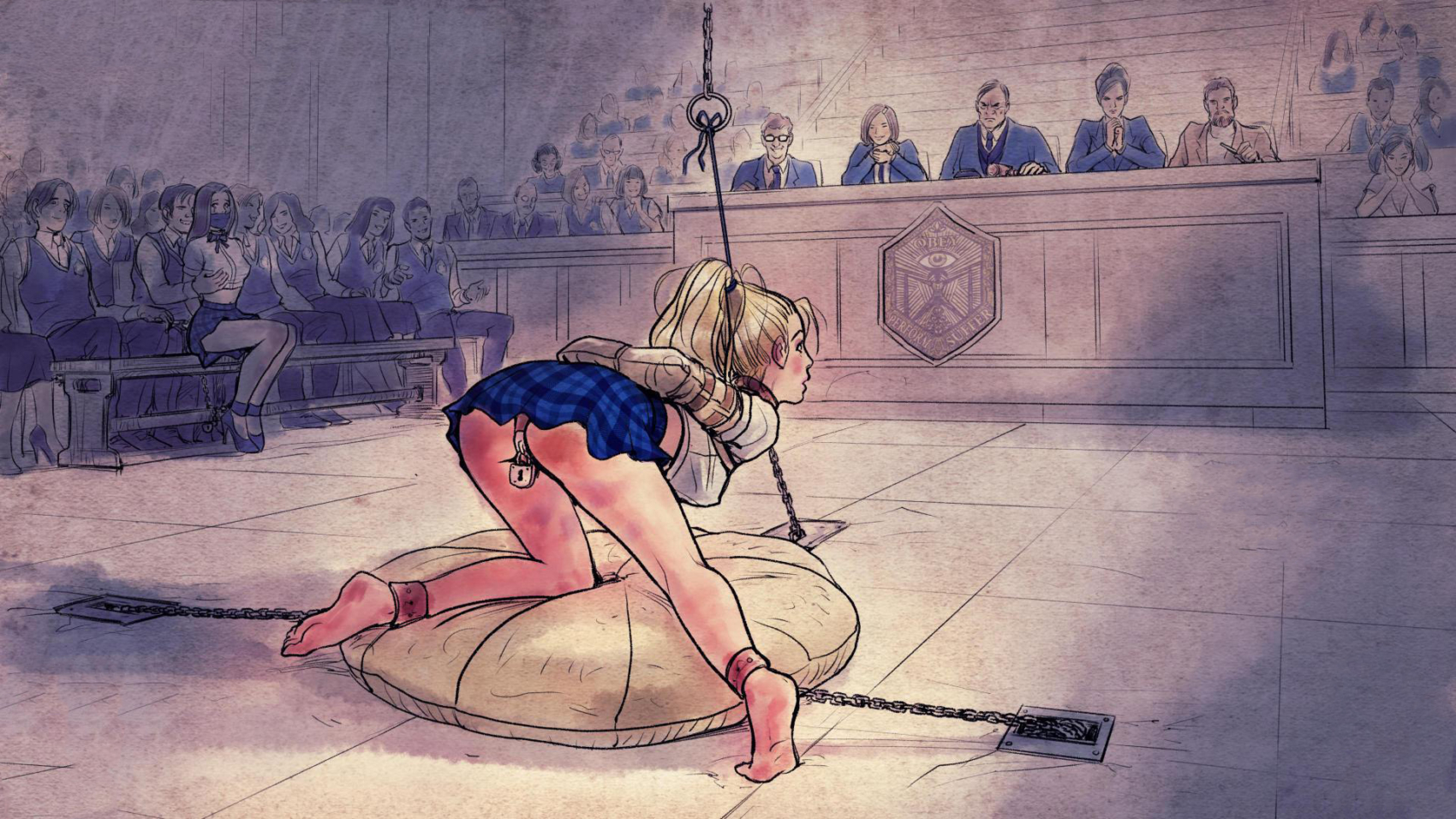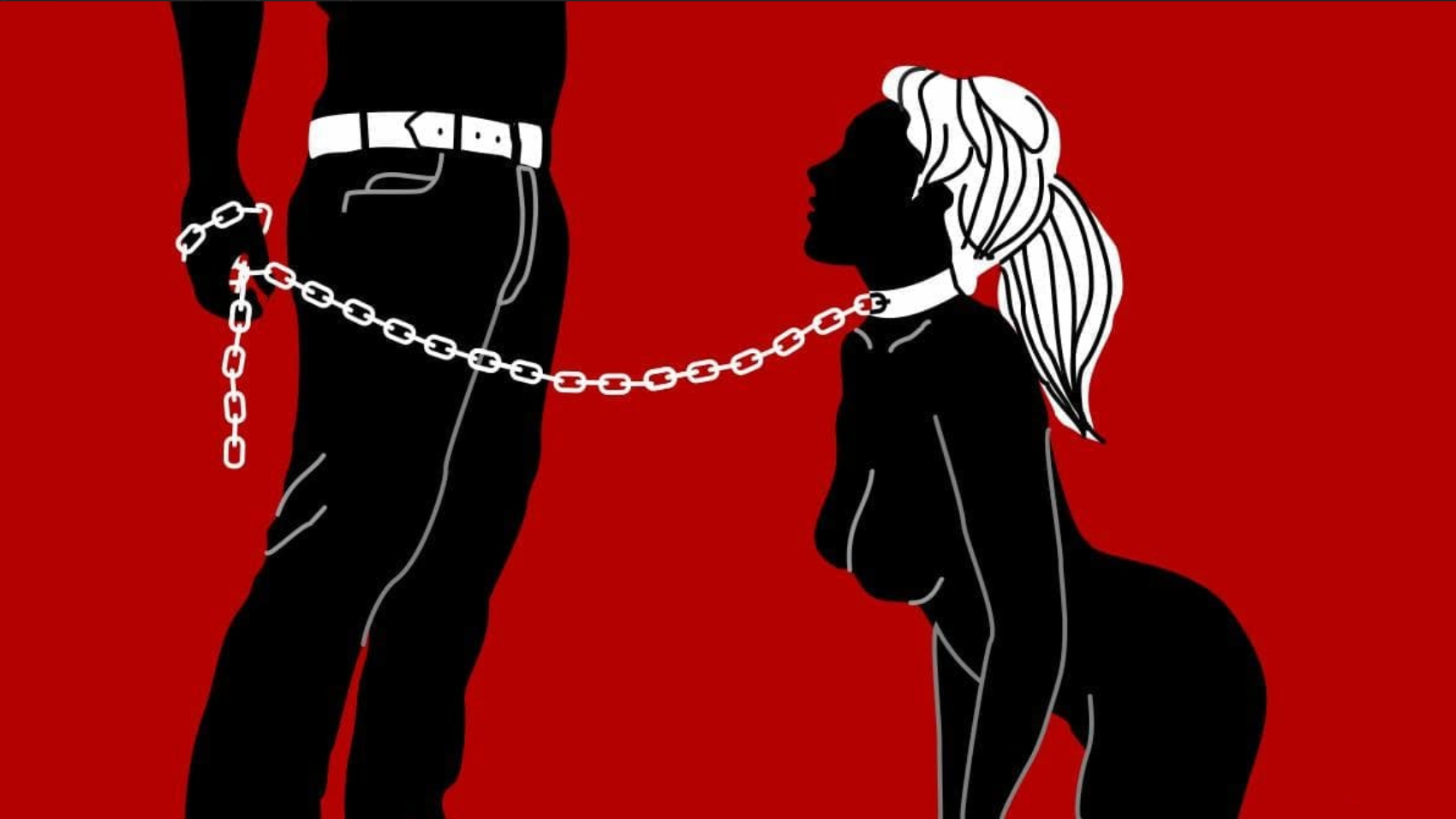Let’s get one thing straight: when I talk about the Scene, I’m not referring to your run-of-the-mill brain games. In BDSM, emotions are a core part of the play. Whether it’s fear in SM or objectification in D/s, there are those who thrive on the razor-thin line between intense play and what could feel like actual violence. Sure, playing with the mind takes preparation, awareness, and skill from everyone involved, but that’s not the heart of what I’m discussing today. It’s all about aftercare.
From experience, I can tell you that sessions that dive deep into psychological play or heavy submersion become far more manageable and even enjoyable with the right triggers. (I won’t go into the specifics of triggers for now.) For me, the concept of a “safe place” is an absolute must.
So, what’s a safe place? A safe place is exactly what it sounds like—a space where the bottom can feel safe, even on a subconscious level. When they retreat to it, they know they’re free from harm, free from aggression, or at least protected by the boundaries set in the scene. Think of it as their little haven—a space that’s always there, like their personal “home” in the scene.
Let’s take a scene where fear and objectification are at play. Imagine the dynamic shifts, and your usually caring, gentle Top becomes an embodiment of sadistic dominance. There’s no mercy, no concern, no sympathy—just pure, unfiltered violence. It’s intense, not something everyone can handle, but for those who want it, there must be a safe place. The bottom needs to know where that place is once the intensity of the scene is over. Whether it’s a cozy blanket, a quiet corner, the space under the bed, or a rug placed by the Top’s feet, this safe place should always be accessible.
The key is that the moment the bottom reaches their safe place, the Top must stop everything—physically, verbally, all of it. It’s crucial to discuss beforehand whether the bottom wants comfort when they reach their safe space or if they prefer solitude. If it’s comfort, what kind? A hug? A word of affirmation? Or should the Top simply be present and quiet? If the bottom prefers space, does the Top wait until they’re called for, or is there a set time to return? The psyche is fragile—it’s not just about playing with emotions but also about nurturing trust and stability.
It’s essential that the safe place is pre-established. You can test out different options after lighter scenes, not heavy emotional ones, to see what feels right. Sometimes, you’ll notice where the bottom naturally gravitates after a scene, and that’s a good indicator. The bottom’s choice should always come first—this is their sanctuary. The Top’s control and guidance can take a backseat here. Once the safe place is chosen, it should become a consistent part of the ritual, even after softer sessions, so that when things do get intense, the bottom knows exactly where to go to feel grounded and cared for.
Remember, a safe place isn’t tied to the bottom’s state—whether altered or normal. They might need to exit a scene first and then go to their safe place, or they may retreat to it during an intense moment. The goal is for the safe place to become so ingrained in their mind that even in a moment of panic, their instinct is to head there. This can save a lot of stress, energy, and emotional turmoil.
The safe place should be free from hazards: no sharp objects, no hard corners, a non-slip floor (add a mat if needed), and it should be in a quiet area, away from doors, windows, or anything that could disrupt the tranquility. It should be warm, but not too hot, and cozy—just a place that offers peace of mind when everything else has been turned upside down.
In a world where mind games are often pushed to the limits, a safe place is your best insurance policy against unnecessary psychological fallout. No matter what kind of play you’re into, the key to it all is care, communication, and most importantly, safety.





